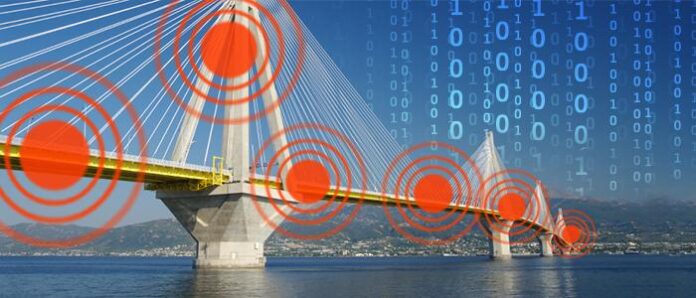Just as they’re finally getting their arms around the changes mobility has produced in the workplace, now CIOs and CTOs must turn their attention to the emergence of the latest trend that is poised to change everything: the “Internet of Things.” The coming interconnectivity between billions of people, objects and devices is expected to drive as many changes to the way people conduct business and manage their daily lives as the introduction of the Internet.
Tech giants like Google and Apple are gearing up with platforms and products to consumerize the IoT. And company tech leaders must prepare now to manage the implications of IoT, from RFID-tagged warehouse pallets to employees’ connected health devices.
Industrial IoT applications
The IoT has profound implications for industry, which can be made more efficient by the elimination of downtimes and the capacity to further automate maintenance work and materials delivery. Machines will be able to communicate issues before they become problems and self-schedule necessary repairs at every point in their lifecycle.
“Smart manufacturing” and “industrial Internet” development is underway to create intelligent networks that control every facet of product production and delivery. Company tech leaders will need to integrate these new platforms into their current IT infrastructure. They’ll also need to define data paths to enable delivery of information to the core IT system so that it can become actionable business intelligence.
In some ways, the integration of mobile devices into legacy systems can be viewed as a dress rehearsal for the coming challenges the IoT presents to CIOs and CTOs. Both evolutions require tech leaders to be proactive and imaginative as they seek to fully integrate new technologies into existing systems, maximize value and manage company data.
Efficient, effective network monitoring will be absolutely critical to a successful IoT rollout, which was also true for mobile. But the scale for IoT will be exponentially larger: According to Morgan Stanley analysts, 75 billion devices will be connected to the IoT by 2020.
Monitoring wearable monitors
Wearables are IoT products that have gained much attention — small monitoring devices that are worn on the body to measure activity levels, location and also pulse and heart rate, among other vital signs. Wearables have many applications for wellness, including the potential to save lives if a wearer experiences a medical emergency such as a cardiac event and the device automatically calls for aid and transmits GPS location data.
However, wearable monitors pose an additional challenge for corporate IT. Whether issued by the company (to monitor location, noise pollution in industrial settings or other applications) or worn within a hospital or as part of a treatment regimen at home for medical reasons, problems can arise with wearables due to software malfunctions, connection disruptions or wearer error.
Not only will the wearer need to understand the status of the wearable, IT will need to take on the responsibility to ensure the flow of data. The first step will be to integrate wearables into the IT ecosystem and define data paths.
The critical next step will be to update the organization’s network monitoring strategy to incorporate wearables. The larger the number of interconnected “things” that will need to be supported and monitored, the bigger the challenge from an IT perspective.
IT at the crossroads
IT is at a critical juncture as the Internet of Things looms, but CIOs and CTOs are used to the rapid evolution of technologies. Those who are successful know that adjusting as emerging technologies gain traction and actively monitoring networks is the key to managing change.
CIOs and CTOs who have been in the IT business for a while remember when monitoring was primarily confined to hardware like routers and switches and the changes they had to drive to accommodate the virtualization trend. The emergence of the cloud was the next evolution, and IT adjusted by providing access to software-as-a-service solutions and ensuring seamless functioning of devices and cloud-based applications, monitoring networks along the way to ensure stable connections.
The IoT will require a similar approach, but on a much larger scale, which can translate into longer lead times to plan system integration and choose an effective network monitoring approach. There’s no time like the present for IT leaders to get ready for the Internet of Things.

Dirk Paessler, CEO of Paessler AG, is an engineer, entrepreneur, computer networking professional and software guru. In addition to founding Paessler AG, provider of the award winning PRTG network monitoring solution, Paessler has a long track record of co-founding successful internet platforms such as hotel.de.
Editor’s Note: Welcome to our weekly Reality Check column where C-level executives and advisory firms from across the mobile industry share unique insights and experiences.

Reality Check: Getting ready for the IoT
ABOUT AUTHOR
